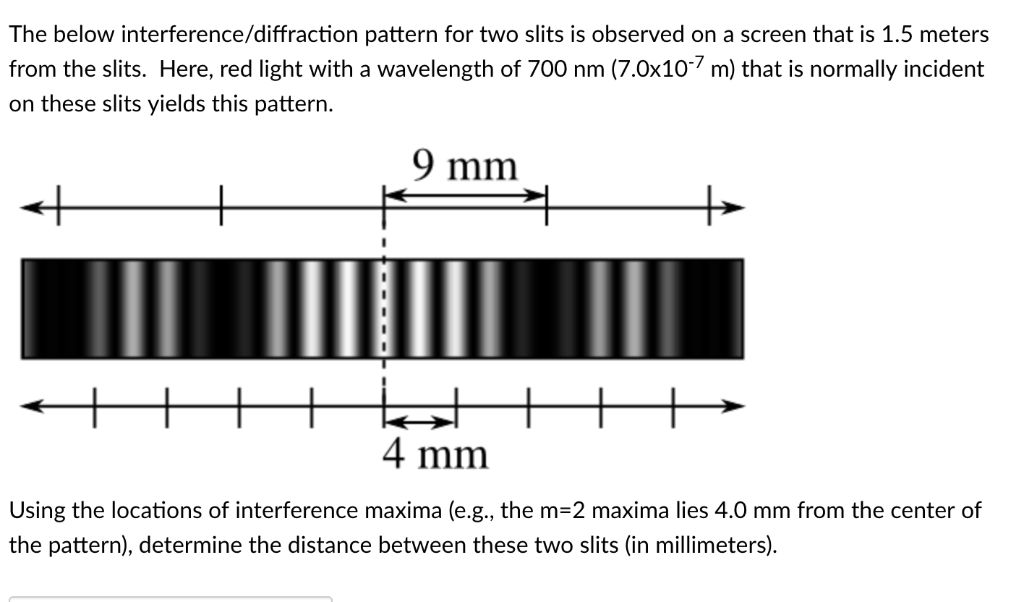

The gas was first isolated from terrestrial sources in 1895 by the British chemist William Ramsay, who discovered it in cleveite, a uranium-bearing mineral. Shortly afterward it was identified as an element and named by the British chemist Edward Frankland and the British astronomer Joseph Norman Lockyer. The French astronomer Pierre Janssen (1824-1907) discovered helium in the spectrum of the corona of the Sun during an eclipse in 1868.Norman Lockyear in the spectrum of a solar eclipse. In-Depth Description Edge Diffraction L t+++/t+ / Schlieren optics is used to demonstrate the diffraction of light around objects more simply done with razor blade and laser or white light. Slit Diffraction M/L t++ Single or multiple slit diffraction patterns with laser. Two German scientists, Robert Bunsen (a chemist) and Gustav Kirchhoff (a physicist), showed that the dark lines in the spectrum of sunlight corresponded to the bright lines of excited elements seen in laboratories on the Earth. Diffraction pattern changes with slit aperture.These spectral lines are wider since they came from a wider source. The discrete spectrum of a fluorescent light. The discrete spectrum of excited helium gas The discrete spectrum of excited mercury vapor Laser light through a diffraction grating.Ĭontinuous: temperature from Wien's Displacement Law

Multiple source interference (diffraction grating) single source interference (self interference) Laser light through two closely spaced slits. Put up a barrier to explore single-slit diffraction and double-slit interference. animate at your own riskĭouble source interference. Make waves with a dripping faucet, audio speaker, or laser Add a second source to create an interference pattern. Do not click on the animations if you have photosensitive epilepsy or a similar condition.

The sources are closer together in the image on the right. (The interference fringes will be dealt with later in this section.) This image sequence is also available as an animated gif. Note that as the opening gets narrower, the amount of diffraction in the horizontal direction increases. Why is it possible to hear around corners, but not see around them? Diffraction of laser light through a vertical opening of decreasing width.

There is no gain or loss of energy, which is consistent with the principle of conservation of energy.Diffraction is the bending or spreading of light through an opening or around an obstacle. If it reduces in one region, producing a dark fringe, it increases in another region, producing a bright fringe. (4) In interference and diffraction, light energy is redistributed. Diffraction of laser light through a vertical opening of decreasing width. Where a for two thin slits at distance a, interference pattern for first order maximum is obtained at `theta=(lamda)/(a)`. (3) For a slit of width a, the first order minimum of the diffraction pattern is obtained to be at angle `theta.=(lamda)/(a)`. The intensity fall as we go to successive maxima away from the centre, on higher side. The diffraction pattern has a central bright maximum which is twice as wide as the other maxima. (2) The interference pattern has a number of equally spaced bright and dark bands. The diffraction pattern is a superposition of a continuous family of waves originating from each point on a single slit. The interference pattern obtained by superposing two waves originating from the two narrow slits. Solution : (1) The pattern formed in both is due to the superposition of the waves.


 0 kommentar(er)
0 kommentar(er)
